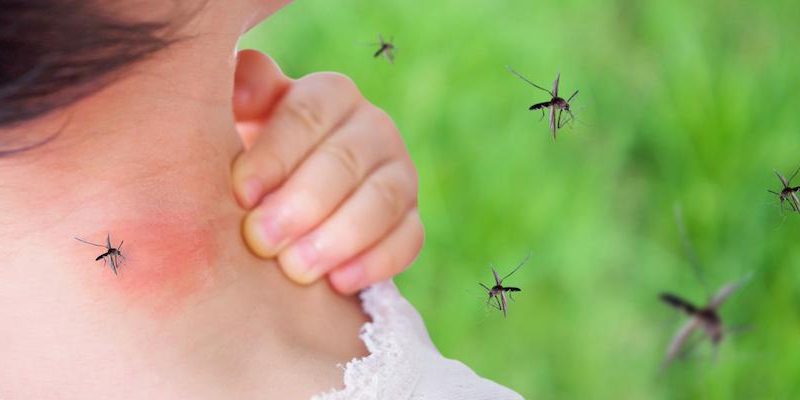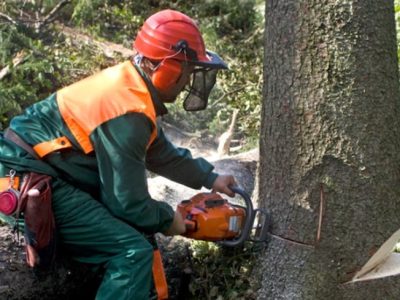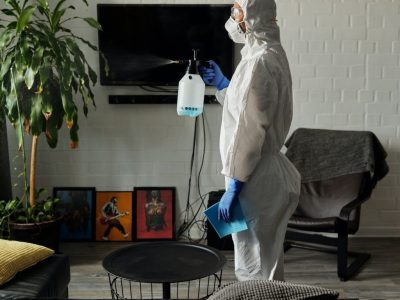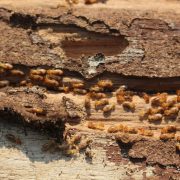When people think about allergies, they usually picture pollen, dust, or pet dander—not cockroaches or rodents. But the truth is, some of the most common household pests can be powerful allergy and asthma triggers, especially for children and individuals with respiratory issues.
If you’ve been dealing with unexplained allergies or asthma flare-ups at home, it may be time to consider pests as part of the problem. In this post, we’ll explore how pests contribute to indoor allergies, the signs to look for, and what you can do to reduce the risks.
How Pests Trigger Allergies and Asthma
Pests don’t have to bite or sting to be a problem. Many of them release allergens through:
- Droppings
- Shed skin
- Saliva
- Body fragments
- Urine or oil secretions
Once these particles become airborne or settle into carpets, bedding, and upholstery, they can be inhaled—leading to sneezing, wheezing, watery eyes, coughing, and more serious asthma symptoms.
Common Household Pests That Cause Allergies
1. Cockroaches
Cockroach allergens are among the most potent indoor asthma triggers, especially in urban environments. Their saliva, droppings, and decomposing bodies all contain proteins that can cause strong allergic reactions.
2. Rodents (Mice and Rats)
Rodent droppings, urine, and dander are major allergens, and they can easily contaminate food, surfaces, and air ducts. Inhaling particles from dried rodent waste is a common cause of allergy symptoms and can also spread disease.
3. Dust Mites
Technically not a pest in the traditional sense, but worth including here. Dust mites thrive in the same environments where other pests often reside—warm, humid spaces with plenty of dust and fabric surfaces. Their waste products are a major cause of indoor allergies.
4. Bed Bugs
While they’re not a common allergen source for everyone, bed bug bites can cause intense allergic skin reactions in sensitive individuals, including swelling, redness, and itching.
5. Stinging Insects (Bees, Wasps, Hornets)
For those with venom allergies, even a single sting can cause serious, sometimes life-threatening reactions. Nests in or around the home increase the risk significantly.
Signs Your Allergies Might Be Pest-Related
If your allergy symptoms flare up indoors or during certain times of day, pests could be involved. Look for:
- Sudden increase in allergy or asthma symptoms when indoors
- Nighttime symptoms (especially from cockroach allergens)
- Unexplained skin rashes or bites
- Signs of pest activity (droppings, nesting materials, shed skins)
In homes with children, pest-related allergens can increase the risk of developing asthma or make existing asthma harder to manage.
How to Reduce Pest-Related Allergens in Your Home
1. Eliminate the Source
The first and most important step is addressing the pest problem itself. Whether it’s cockroaches, rodents, or something else—if they’re inside, their allergens are too.
- Seal cracks and entry points around the home
- Store food in airtight containers
- Clean up crumbs, spills, and pet food promptly
- Remove clutter where pests can hide or nest
2. Deep Clean Affected Areas
Once pests are under control, a deep clean is key. Focus on:
- Vacuuming with a HEPA filter
- Washing bedding, curtains, and upholstery
- Cleaning behind appliances and inside cabinets
- Using air purifiers to reduce airborne particles
3. Control Moisture and Humidity
Pests thrive in damp environments, and dust mites multiply in humidity. Use dehumidifiers in basements or other humid areas and fix leaks immediately.
4. Regular Pest Inspections
Even if you don’t currently see pests, they can come back. A regular inspection by a pest control professional helps catch early signs and keep your home allergen-free.
Final Thoughts
Pest infestations don’t just threaten your home—they can affect your health in ways you might not expect. If you or someone in your household is dealing with persistent allergies or asthma symptoms, don’t overlook pests as a possible cause.
Professional pest control doesn’t just eliminate the problem—it also gives you cleaner air, a healthier environment, and peace of mind. We recommend pest control temecula.













Comments